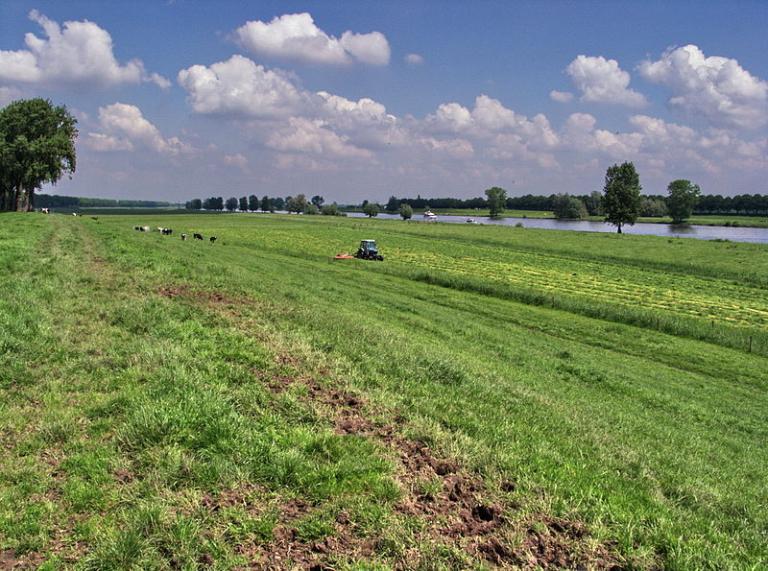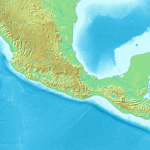
I admire science and scholarship enormously. Maybe, indeed, even too much. But they’re human enterprises, carried out by humans — and, despite their overall very impressive record, they often manifest the flaws that are associated with humans. The recent crisis of non-reproducible results in psychology and the other social sciences (and, to a lesser degree, in the other sciences as well) illustrates this fact all too clearly:
“‘Replication crisis’ spurs reforms in how science studies are done”
***
19 August 2018 marked the fiftieth anniversary of the passing of one of the most interesting scientists of the twentieth century.
In high school, I was one of those who knew his name and read his books.
For an amusing example of George Gamow’s playfulness, see the background of the authors’ names at “Alpher–Bethe–Gamow paper.”
It’s the kind of stunt that I would pull. In fact, it’s the kind of stunt that I have pulled.
***
Some further notes from Consciousness Beyond Life: The Science of the Near-Death Experience (New York: HarperCollins, 2010), by the Dutch cardiologist Pim van Lommel:
According to current knowledge, consciousness cannot be reduced to activities and processes in the brain. It is highly unlikely that thoughts and emotions are produced by brain cells. . . .
A single cubic centimeter of the cerebral cortex contains no less than a hundred million neurons, and because each neuron has at least a thousand synapses connecting it with surrounding neurons, each cubic centimeter has approximately 100,000,000,000 (1011) synapses of dendrites that originate largely in other parts of the cerebral cortex. This means that the brain contains a total of about 1014 synapses. If one synapse contained one bit of information, brain function would require more than 100,000,000,000,000 (1014) bits of information processing, which is far more information than the human DNA, our genetic code, can handle according to current knowledge. For this reason consciousness cannot be stored in our DNA, rendering a cell in our body and brain a highly unlikely producer for consciousness.
Simon Berkovich, a computer expert, has calculated that despite the brain’s huge numbers of synapses, its capacity for storing a lifetime’s memories, along with associated thoughts and emotions, is completely insufficient. At any waking moment during the day, there are approximately 1024 actions per second in the brain. Add to this the required capacity for long-term memory storage, and the total data storage capacity would have to be 3.1017 bits/cm3, which, based on our current understanding of neuronal processes in the brain, is inconceivable. Neurobiologist Herms Romijn, formerly of the Netherlands Institute for Neuroscience, also demonstrated that the storage of all memories in the brain is anatomically and functionally impossible. (195-196)












